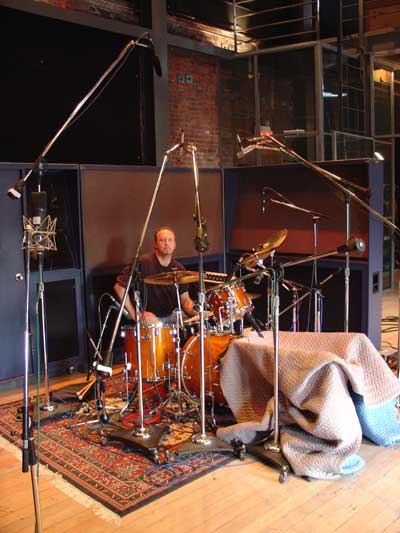Studio Drummer – Chart Reading Installment 3.. More info!
*IF YOU’RE A CHART READER THEN READ ON…*
If you have experience reading music from a drum set perspective you will know the challenges it represents. We can of course count ourselves lucky that we’re not piano players reading 2 staves of music simultaneously or 3 staves if you’re an organist! I honestly don’t know how they process that much information!
However there are challenges that pertain to our instrument that are unique to drum kit playing.
The biggest one is that we play an intensely physical instrument, the most intense of instruments in this physical capacity. Reading a chart while playing with the utmost physicality is a highly challenging skill!
And of course sometimes you hit the ditch so to speak. This is inevitable for even the best of the best. Another issue that other musicians don’t have to deal with is that we have to set up our charts either set up 90 degrees left or 90 degrees right.
The music is never directly in front of us. It has to be set up on the left or right. I personally set up on either side depending on where the MD is. That way I have a direct sight line to the musical director for cues etc by looking just above my music stand.
Add the often immense physicality to this mix and you can guess what happens very quickly.
*IT’S EXTREMELY EASY TO GET LOST ON A CHART.*
A lot of players need to look exactly where they are playing as they go around the kit doing fills or locating cymbals and when that is the case the problem only intensifies since that player is required to disconnect from the chart to perform what he must be able to see in his execution.
As a side note to this point you may want to get in the habit, as I have for years, of not having to look at the physical instruments. My setup is exactly the same every time I set up. I use the same kit and I know exactly where everything is situated. I don’t have to look at it. This greatly alleviates this whole problem.
There are very valuable tricks that I use that I’ve incorporated myself. I’ve not heard of other drummers using these helpful tricks although I know that every experienced player has their own way of dealing with these types of issues. Anyway I’m happy to pass them along to you!
watch for installment 4! Good info!






